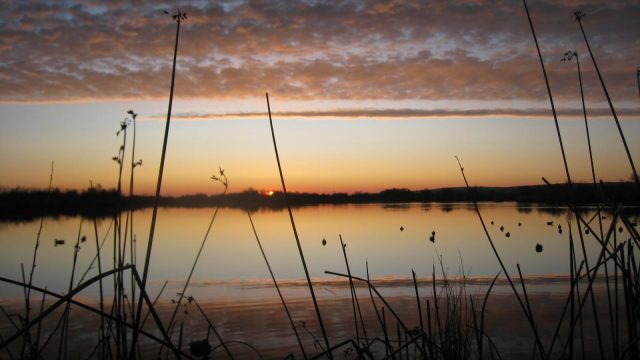Some Inconvenient Truth For North Dakota Conservationists

As we work our way through another election cycle toward the November ballot, North Dakota is having a debate about conservation.
A coalition of conservation activists like Ducks Unlimited are pushing petitions to put a measure on that ballot which would divert hundreds of millions in state tax revenues to a conservation fund (which said activist groups could receive grants from, naturally). There would also be a mandate to spend most of that money every year, whether the spending is needed or not (a convenient part of the law if you’re one of the groups that can receive the money).
But aside from the debate over the wisdom of putting a mandate for spending in the state constitution, there’s the question of whether or not we have a problem with conservation. The conservation activists would have us believe that we do have a problem and that it’s hurting wildlife.
The facts supporting that conclusion, though, don’t seem to be in evidence as witnessed by the new numbers for pheasants and ducks in the state.
Pheasant numbers were up slightly:
North Dakota’s spring pheasant population index is up slightly from last year, according to the State Game and Fish Department’s 2014 spring crowing count survey.
Stan Kohn, upland game management supervisor, said the number of roosters heard crowing this spring was up about 6 percent statewide from 2013, with increases ranging from about 2 to 9 percent depending on the region.
Duck numbers, meanwhile, are up a lot:
The North Dakota Game and Fish Department’s annual spring breeding duck survey conducted in May showed an index of 4.9 million birds, up 23 percent from last year and 110 percent above the long-term average (1948-2013).
Mike Szymanski, waterfowl biologist, said all species increased from their 2013 estimates, except canvasbacks (down 7.9 percent, but still 41 percent above long-term) and ruddy ducks (down 1.2 percent). Redheads (+64 percent), green-winged teal (+42 percent), blue-winged teal (+34 percent), wigeon (+33 percent) and scaup (+28 percent) showed the largest increases. Mallards and blue-wings were the most abundant ducks on the survey, combining for 48 percent of the total.
Remember when North Dakota’s hyper-partisan US Attorney, Tim Purdon, was trying to prosecute a group of oil companies for a few dead ducks under the guise of protecting the bird population? These numbers make that action look all the more politically-motivated, doesn’t it?
This isn’t to say that there aren’t issues related to conservation and wildlife management that need to be addressed (for instance the deer population is way down, and thus deer hunting licenses), but it becomes to argue that there’s some sort of emergent problem which justifies a massive permanent appropriation to conservation interests along with a spending mandate.




